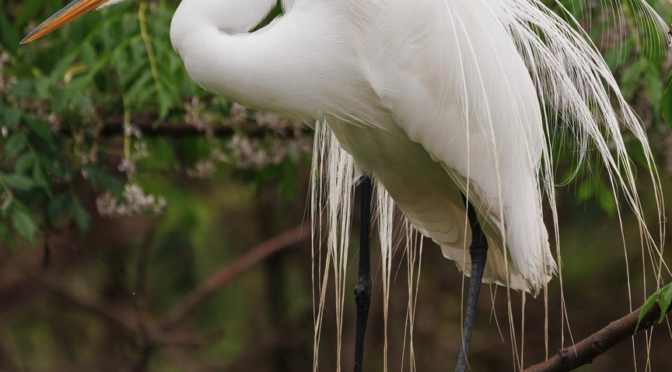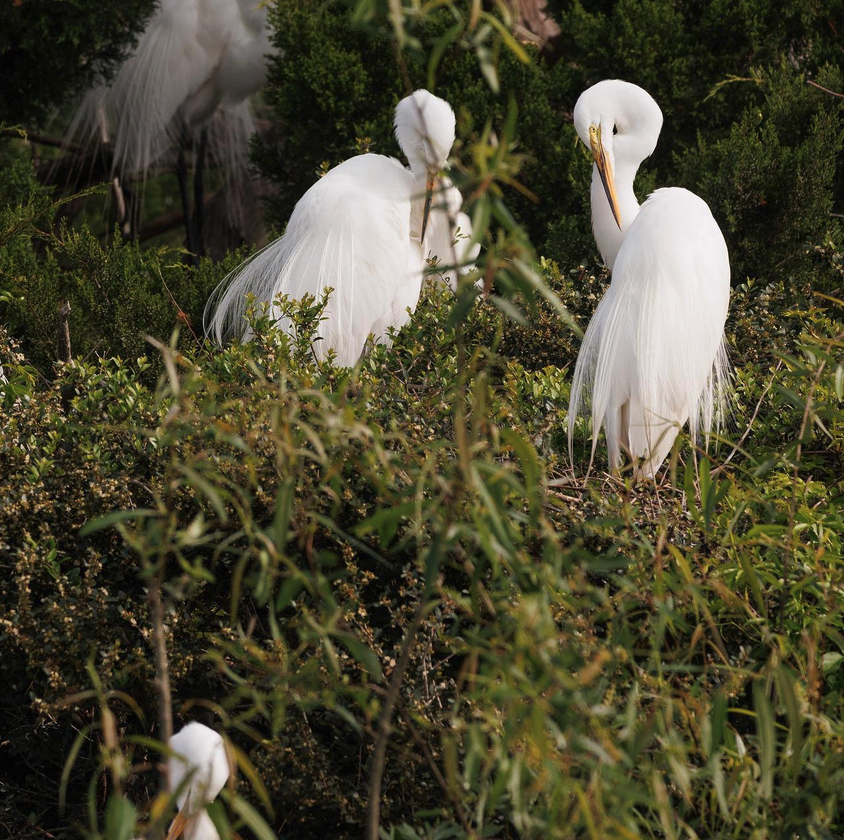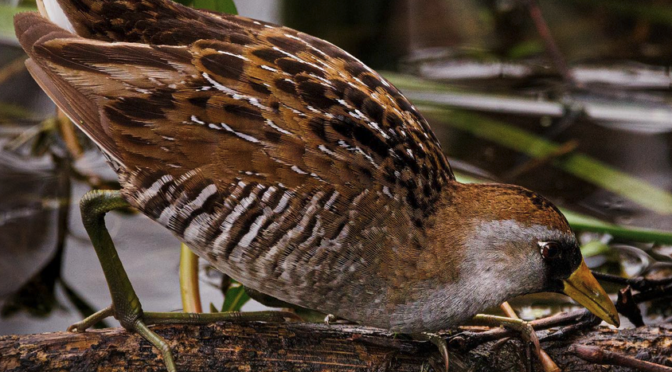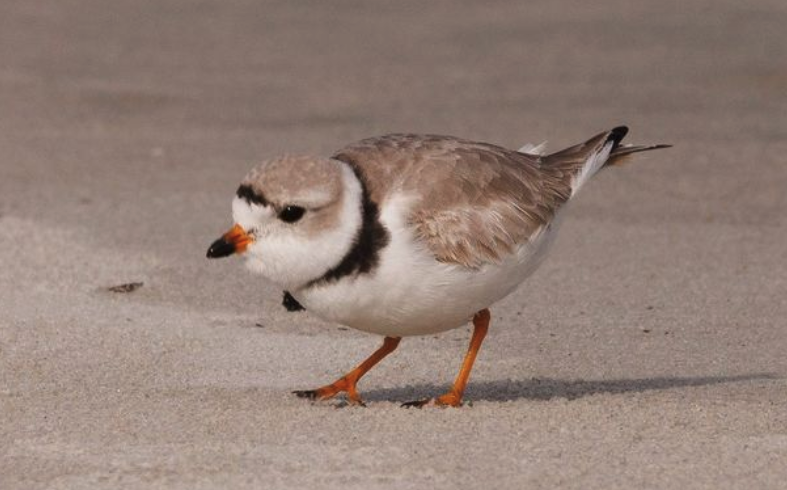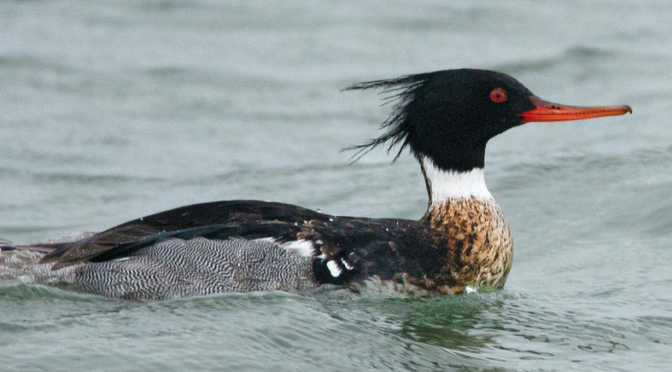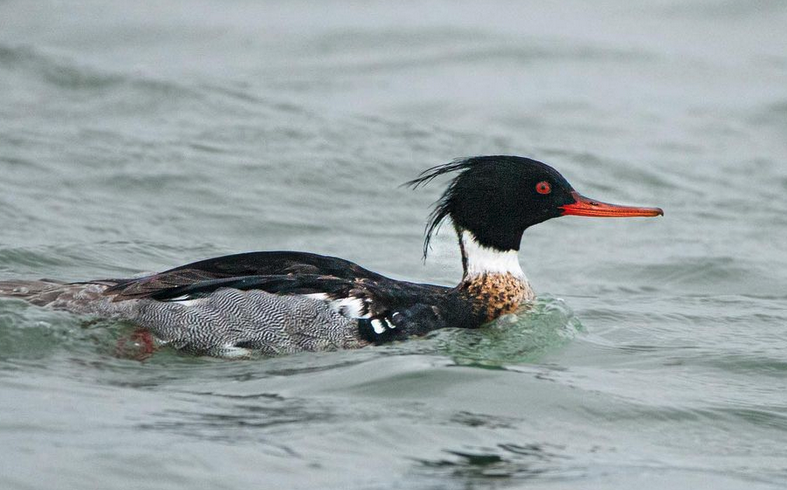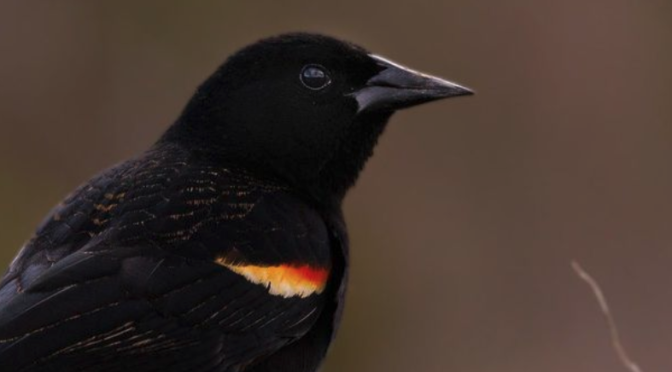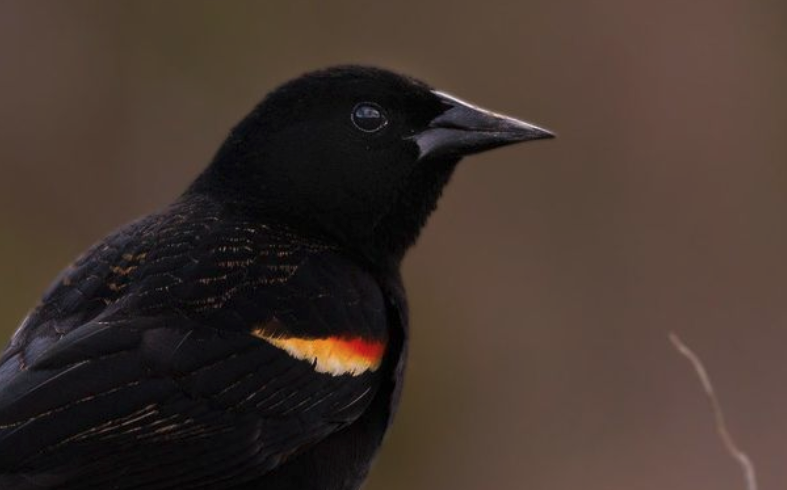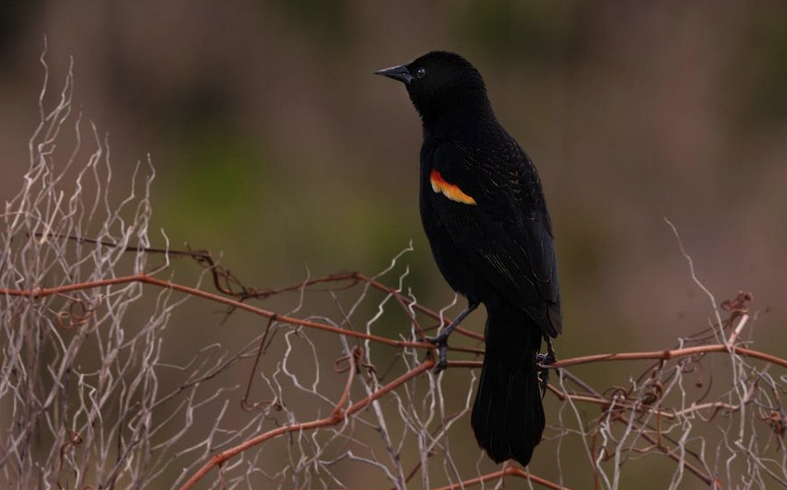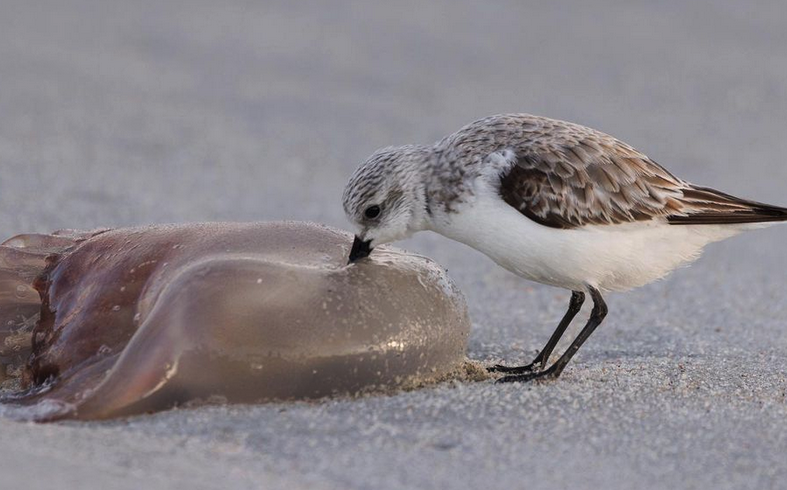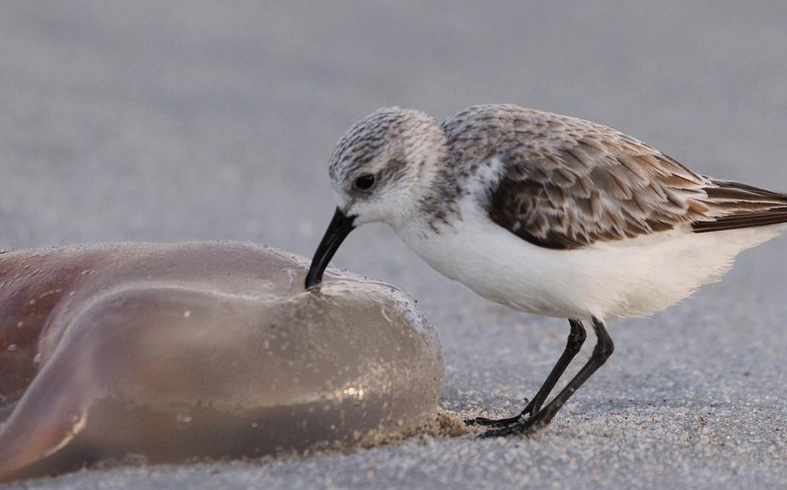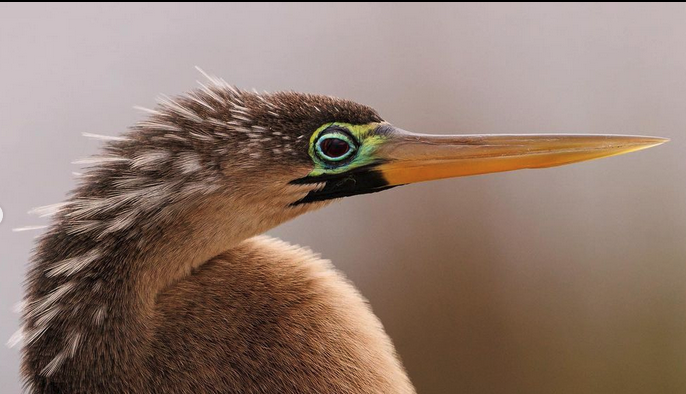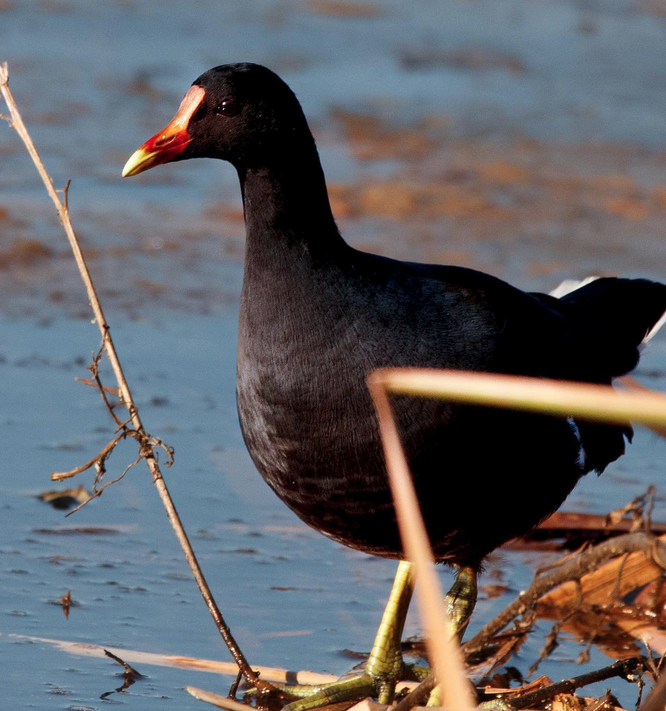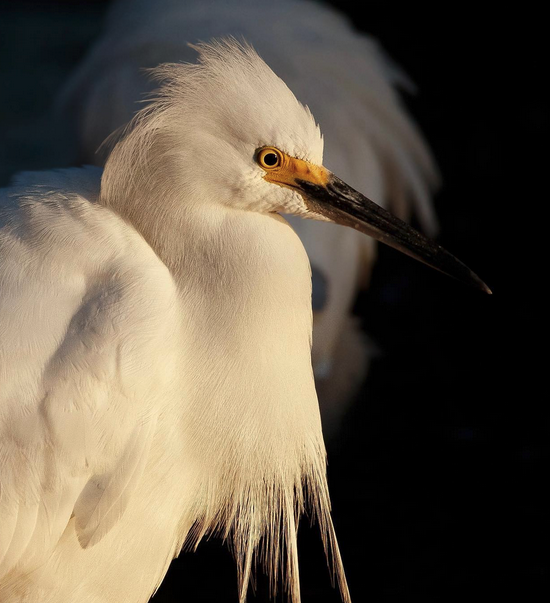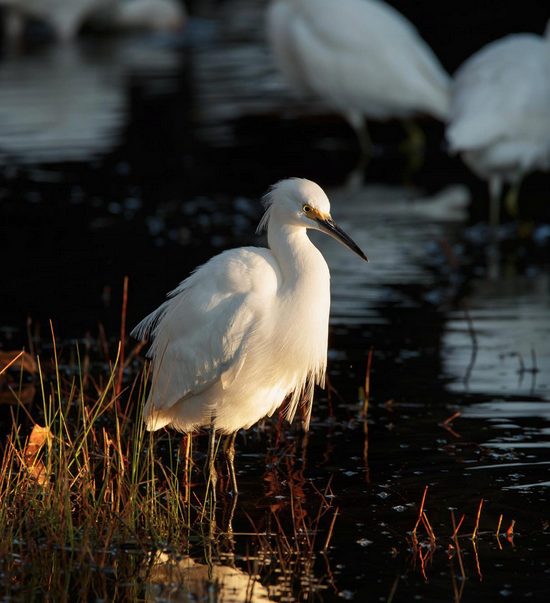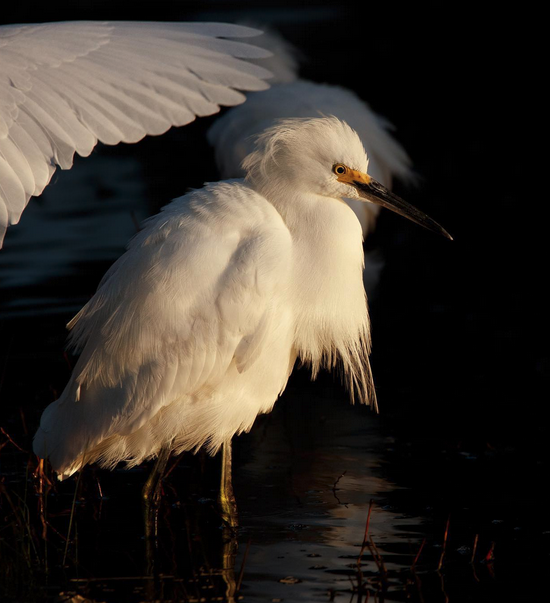By Sally Siko
Yesterday I made a trip out to Huntington Beach State Park in Murrells Inlet SC.
The bird activity has upticked noticeably since my visit 2 weeks ago and I was pleased to see such a wide variety of species all in one spot.
In particular there were a ton of Lesser Yellowlegs hunting for a snack on the pond and mudflats.
It was really neat to watch these elegant birds making their way along the shore.

Yellowlegs are often seen foraging with other species of shorebirds on mudflats, in marshes, flooded fields, in shallow water pools and impoundments. Though they strongly prefer to hunt for a meal in fresh water, you can also find them feeding in brackish and salt water areas too, especially during migration.
Right now these guys are in full on gorging mode as they prepare to depart for their breeding grounds in Canada.
They’ll only be here for a few more weeks before returning in autumn to spend the winter in the Carolinas.
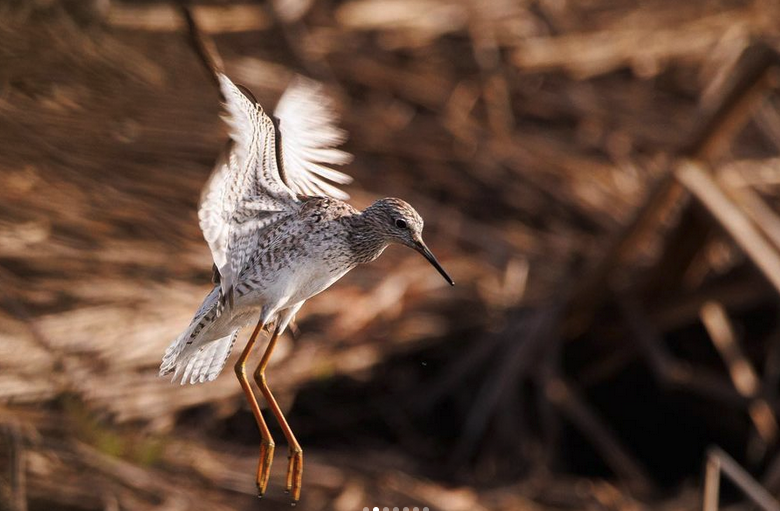
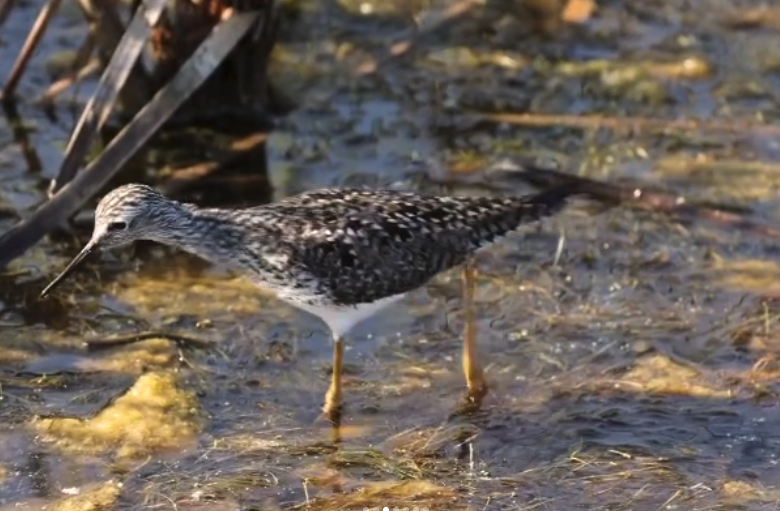
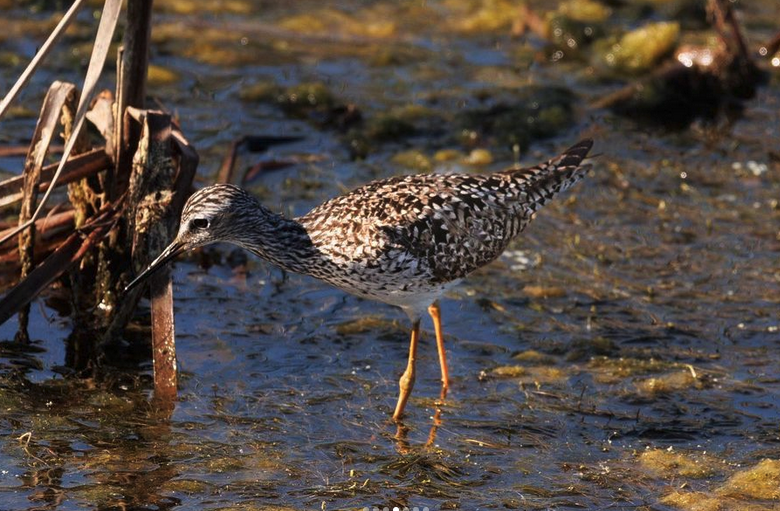
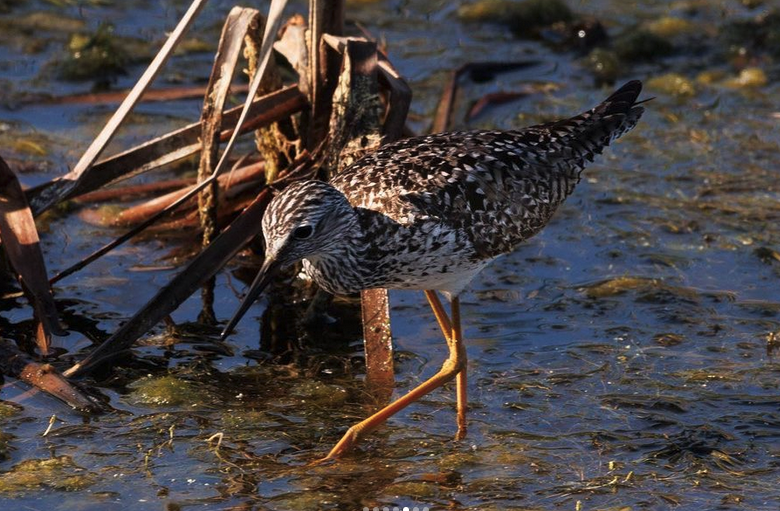
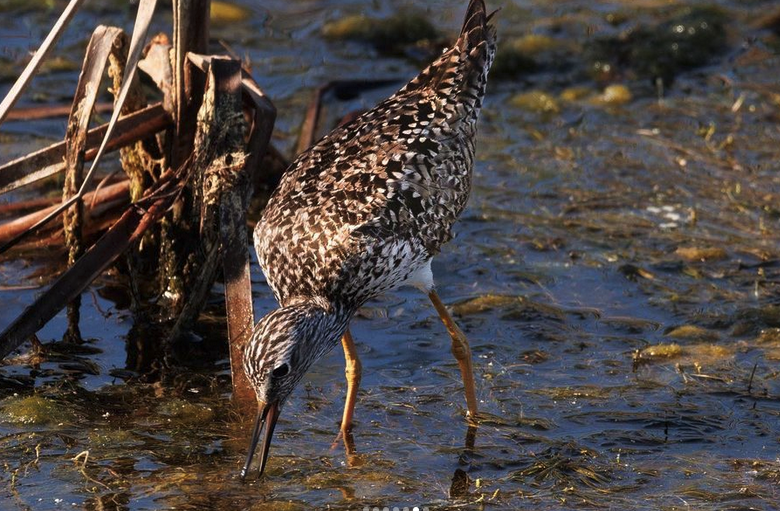
Speaking of other shorebirds, Lesser Yellowlegs may be difficult to ID as compared to a Greater Yellowlegs.If you’re lucky enough to spot both species side by side then making an ID is easier since Greater Yellowlegs are 1/3rd larger than Lessers.But what to do if there’s just one of the two species in front of you?Check the bill first.
Lesser Yellowlegs bills are proportionally, smaller in length relative to its head and straight in angle.The bill of the Greater is (very!) slightly upturned and is used to skim small animals & insects from the surface of the water as the bird swings it from side to side.This swing-skim behavior is seldom seen in the Lesser Yellowlegs, making the task of differentiating the two species a little easier when viewing them at a long distance or in poor lighting conditions.
Hope that helps!
Photos by @sally_siko of @bestlife_birding on my mighty mirrorless monster, the @canonusa #R5


